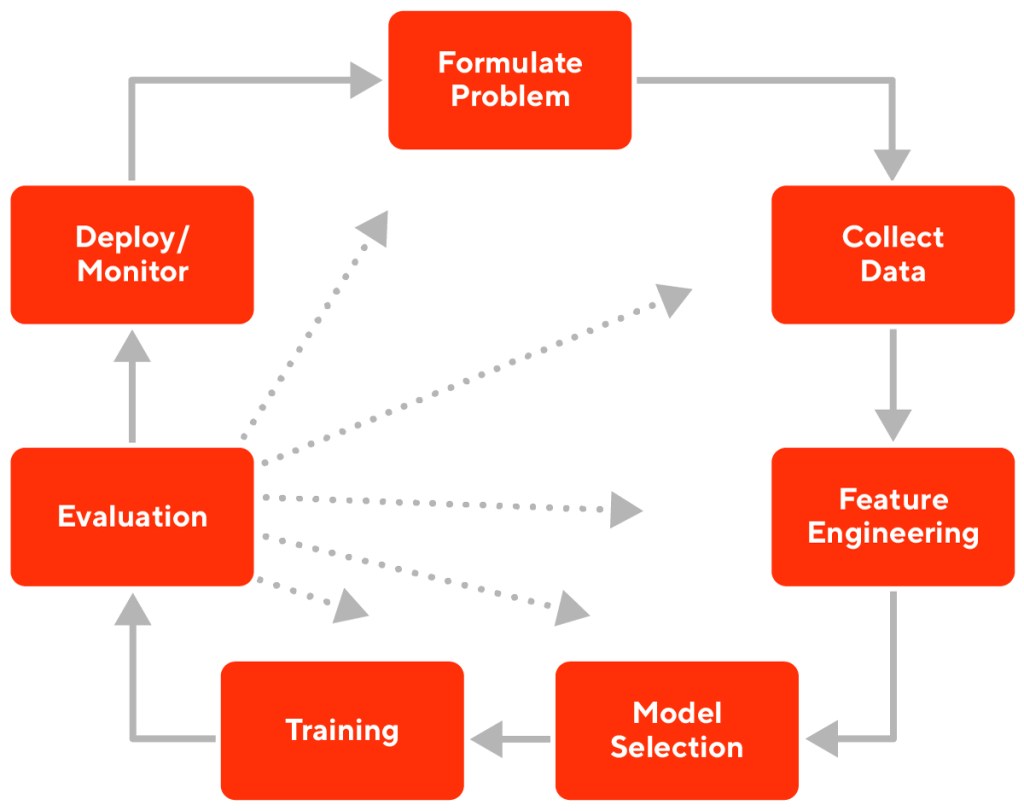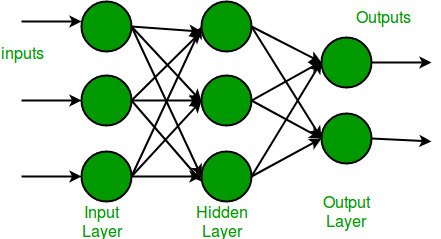
HPE is pioneering a new frontier of AI. It harnesses data at the edge and empowers success with realtime analytical AI. HPE software enables real-time AI to enable predictive analytics, data control, and other forms of data management. Computers couldn't remember commands before 1949. It was not until 1950 that renowned computer scientist Alan Turing first discussed the creation of intelligent machines. He wrote a paper on the possibility that machines could be built with intelligence in 1950. In 1951, the first AI program was presented to the Dartmouth Summer Research Project on Artificial Intelligence.
Edge AI
Edge AI combines local processing speed with cloud computing power. It eliminates bandwidth limitations and data transmission restrictions associated with traditional cloud computing. Edge AI improves the user experience by providing a quick response to users. This is especially important for mobile and wearable technology, where instant feedback may lead to consumer preference and competitive advantage. But how exactly does Edge AI work? Here are some key benefits. Continue reading to discover more.
Ready-to use AI
What are the differences between ready-to–use AI tools and custom development products? You can buy ready-to use AI tools in an off the shelf form. Custom solutions require data-training, onboarding, and other requirements. However, depending on the use case and budget available, the choice between a ready-to–use AI product or a custom-developed one will be made. A ready-to-use AI product will often save you time and money. It can be used to integrate data with custom development processes or train it.

AI self-aware
A self-aware AI is an artificial intelligence that is able to understand both its own emotions and those of others. It would have human-level consciousness as well as the equivalent of human intelligence. However, it is still many years away from becoming a reality. Self-aware AI poses many risks, as we will see. The following three risks are the most important. Each of these risks will have serious repercussions on humankind.
AI for the narrowest of applications
Weak artificial intellect is the implementation only a portion of a mind. It focuses only on a narrow task, and is commonly referred to as "weak” AI. John Searle (philosopher) says artificial minds can test hypotheses on the nature and function of the mind, but not actual minds. As such, they are considered to be "weak" AI because they are not fully functional.
Theory of mind AI
Artificial Intelligence (AI), which is a form of Artificial Intelligence, may one day be able to read minds or probe them. Today, we have self-driving cars, but they don't have the same capabilities as the theory of mind AI. These cars are far from reliable enough to be used every day. However, it is possible to make a machine mimic the thoughts and emotions of humans. This is a promising way to develop AI. It will improve the quality of human life and help people live better lives.
Autonomous databases
An Autonomous Database combines the best both of data warehouse and artificial intelligence engine. The former uses artificial Intelligence to automatically tune and optimize database resource, while machine learning is used to anticipate and satisfy future requirements. A fully automated Autonomous Database also allows for full automation. It is a great choice for data warehouse workloads in companies that have geographically dispersed workers.

Prebuilt models
You can build a machine learning model to help you create AI apps. A prebuilt or custom model can be used. A custom model is better suited to applications that require a specific set of data. Pre-built models are best for scenarios that are common to several types of business. These scenarios will be addressed in later topics. Here are some examples of AI scenarios:
FAQ
Is Alexa an artificial intelligence?
The answer is yes. But not quite yet.
Amazon created Alexa, a cloud based voice service. It allows users to communicate with their devices via voice.
The Echo smart speaker, which first featured Alexa technology, was released. However, since then, other companies have used similar technologies to create their own versions of Alexa.
These include Google Home as well as Apple's Siri and Microsoft Cortana.
What's the status of the AI Industry?
The AI industry is growing at an unprecedented rate. Over 50 billion devices will be connected to the internet by 2020, according to estimates. This means that everyone will be able to use AI technology on their phones, tablets, or laptops.
This shift will require businesses to be adaptable in order to remain competitive. They risk losing customers to businesses that adapt.
The question for you is, what kind of business model would you use to take advantage of these opportunities? What if people uploaded their data to a platform and were able to connect with other users? Perhaps you could offer services like voice recognition and image recognition.
Whatever you choose to do, be sure to think about how you can position yourself against your competition. You won't always win, but if you play your cards right and keep innovating, you may win big time!
What is the latest AI invention
Deep Learning is the latest AI invention. Deep learning, a form of artificial intelligence, uses neural networks (a type machine learning) for tasks like image recognition, speech recognition and language translation. Google was the first to develop it.
Google's most recent use of deep learning was to create a program that could write its own code. This was done using a neural network called "Google Brain," which was trained on a massive amount of data from YouTube videos.
This enabled it to learn how programs could be written for itself.
IBM announced in 2015 they had created a computer program that could create music. Neural networks are also used in music creation. These are known as NNFM, or "neural music networks".
What can AI do?
Two main purposes for AI are:
* Predictions - AI systems can accurately predict future events. AI can be used to help self-driving cars identify red traffic lights and slow down when they reach them.
* Decision making - Artificial intelligence systems can take decisions for us. For example, your phone can recognize faces and suggest friends call.
Who created AI?
Alan Turing
Turing was born 1912. His mother was a nurse and his father was a minister. He was an excellent student at maths, but he fell apart after being rejected from Cambridge University. He discovered chess and won several tournaments. After World War II, he was employed at Bletchley Park in Britain, where he cracked German codes.
He died in 1954.
John McCarthy
McCarthy was born 1928. Before joining MIT, he studied mathematics at Princeton University. There, he created the LISP programming languages. By 1957 he had created the foundations of modern AI.
He died on November 11, 2011.
Statistics
- In 2019, AI adoption among large companies increased by 47% compared to 2018, according to the latest Artificial IntelligenceIndex report. (marsner.com)
- More than 70 percent of users claim they book trips on their phones, review travel tips, and research local landmarks and restaurants. (builtin.com)
- Additionally, keeping in mind the current crisis, the AI is designed in a manner where it reduces the carbon footprint by 20-40%. (analyticsinsight.net)
- The company's AI team trained an image recognition model to 85 percent accuracy using billions of public Instagram photos tagged with hashtags. (builtin.com)
- While all of it is still what seems like a far way off, the future of this technology presents a Catch-22, able to solve the world's problems and likely to power all the A.I. systems on earth, but also incredibly dangerous in the wrong hands. (forbes.com)
External Links
How To
How to make an AI program simple
Basic programming skills are required in order to build an AI program. There are many programming languages to choose from, but Python is our preferred choice because of its simplicity and the abundance of online resources, like YouTube videos, courses and tutorials.
Here's an overview of how to set up the basic project 'Hello World'.
To begin, you will need to open another file. For Windows, press Ctrl+N; for Macs, Command+N.
Type hello world in the box. Enter to save this file.
Now, press F5 to run the program.
The program should display Hello World!
This is just the start. You can learn more about making advanced programs by following these tutorials.